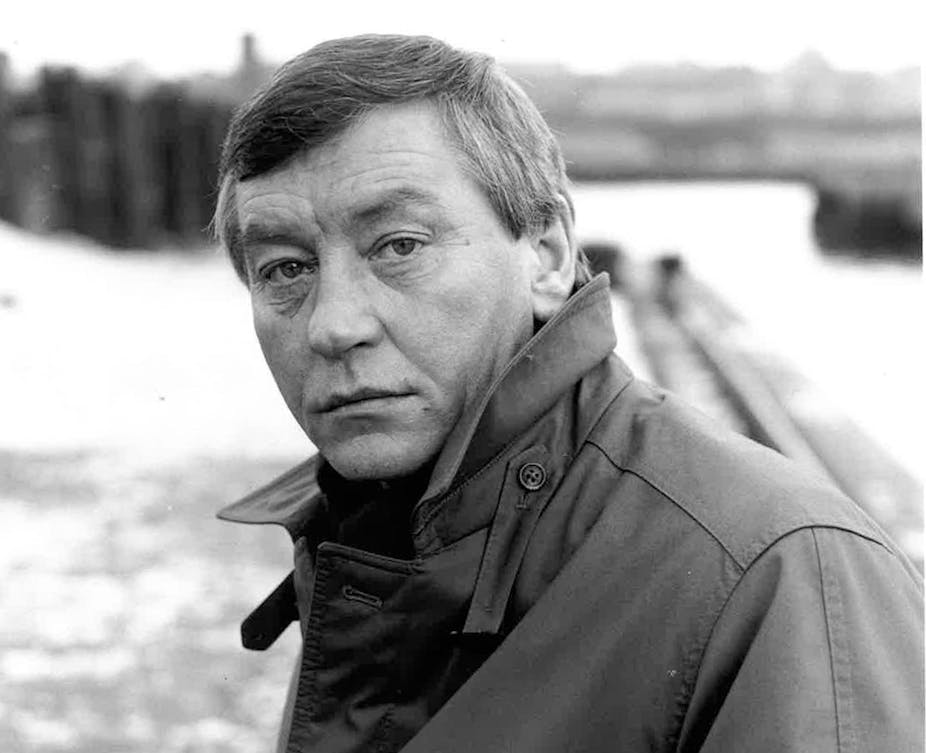Break out the bunting: this month sees the first anniversary of one of the most important developments in the policing in Scotland – the creation of a unified force.
Police Scotland was created through the merger of eight Scottish territorial police forces and two national police organisations: the Scottish Police Services Authority, which provided support and forensic services to forces; and the Scottish Crime and Drug Enforcement Agency, which led on serious organised crime and international links.
The change has been watched keenly in the rest of the UK, not least since former Metropolitan Police commissioner Lord Stevens suggested in a report late last year that similar unifications could take place in England and Wales. This echoed comments by Police Scotland chief constable, Sir Stephen House, shortly before his agency was founded.
Shotgun marriage
Police Scotland is now the second-largest police organisation in the UK after the Metropolitan Police. The merger process was incredibly rapid, with less than six months elapsing between the appointment of Chief Constable House and the start of the new force. In consequence, this reform has been described as one of the biggest and most complex restructurings of a major public service in Scotland.
Against a background of increasing centralisation of policing under Scottish devolution, the pre-eminent reason for creating Police Scotland was to save money. In the Scottish parliament the cabinet secretary for justice claimed the measure would save £1.7 billion over 15 years.
Other arguments put forward by some senior police officers and academics included historical force boundaries being misaligned with the realities of modern crime and disorder; the need for a framework into which both local and, increasingly, national policing could fit; and equal delivery of police services to all parts of Scotland. In other words this process was not solely about merger, but also reform.
One year on, the new service has made good progress. The savings target of £60m in the first year will have been met. Community policing has been reinforced, underpinned by regional operational support services. Policing plans that reflect community needs have been put in place, not just for local command areas but also for each of the 353 council wards.
The benefits of a single police force are beginning to be seen: a national crime division has been set up to carry out major investigations across the country and a number of specialist task forces have been established to deal with crime areas like rape, violence, human trafficking and public sector corruption.
Strathclydisation
The new service has also had its fair share of negative headlines, though. The overwhelming emphasis on cost cutting has led to job losses for police support staff, control centre closures and reduced public opening hours for police offices.
The new system of police governance came under early strain with a dispute over the powers given to the new Scottish Police Authority on the one hand and the operational independence of the chief constable on the other – a battle which the chief constable won.
Local government, which previously oversaw and partly funded their local police, has not always felt as fully consulted on local issues as it would like.
It was no surprise that the chief constable of Scotland’s largest force, Strathclyde Police, became the first chief constable of Scotland. But what has surprised some is that the policing strategies and approaches used in Strathclyde would now be used in the country as a whole – dubbed “Strathclydisation” in the media.
A controversial crackdown on Edinburgh’s liberal approach to controlling prostitution through licensed saunas was criticised as evidence of Strathclyde-style policing being extended, unacceptably, to a different part of the country.
Similarly the focus of Police Scotland is on keeping people safe, which has meant that “enforcement” has become the key purpose of policing. Although recognising the need to work in partnership with other agencies, Chief Constable House is quite clear on this: “My view is policing doesn’t solve problems. We are not a solutions agency, we are a restraint agency.”

Arguably the biggest controversy to hit Police Scotland relates to performance indicators and in particular to the use of stop-and-search powers within those. A recent research study from Edinburgh University revealed that the 2012/13 search rate in the former Strathclyde Police area was more than four times higher than the “stop-and-frisk” rate in New York.
Stop and search spreads
Since Police Scotland was set up there are indications of a significant increase in stop and search in areas outside Strathclyde. The Scottish Police Authority’s first-quarter figures for 2013/14 showed a 75% increase in Edinburgh, for example.
Police Scotland has been on the back foot in defending the spread of this Strathclyde strategy. In particular, it has become a focus for wider questions about how far the work of police officers is defined by performance targets rather than their own discretion; and the extent to which there is a national style of policing emerging which may not be appropriate to all of Scotland’s varied communities.
While the debate about this change in approach to policing in Scotland continues, there will also be further major challenges in the future for the new service. Not least will be the need to keep reducing costs while bound by a Scottish government commitment to maintain police officer numbers at their present strength.
But one year on, Police Scotland has achieved much of what the supporters of a single police force hoped for. Many in Scotland and no doubt elsewhere will be justified in regarding that as progress.

